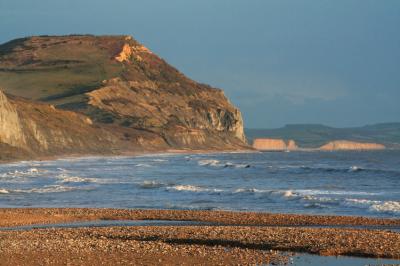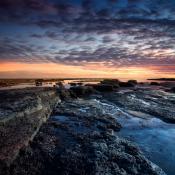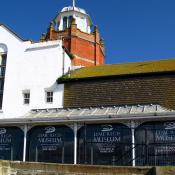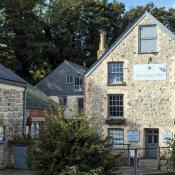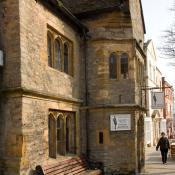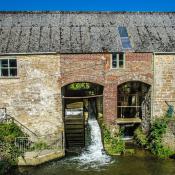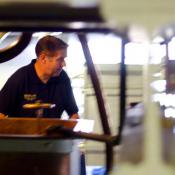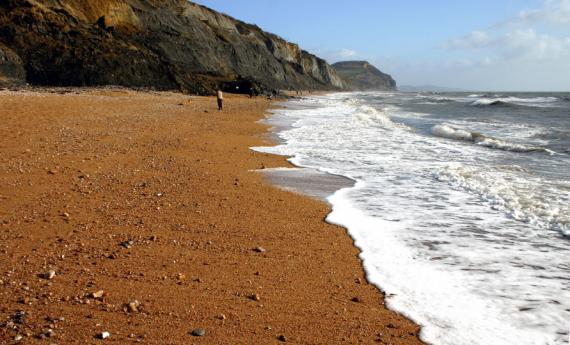
Charmouth is a historic seaside village and one of the access points to Dorset's world famous Jurassic Coast. Spectacular fossils that formed here 200 million years ago are now being exposed as the cliffs erode in massive landslides. A huge ammonite (measuring around 1m across) sits in a large rock under Church Cliffs and thousands of fossils can be seen exposed at the base of the Golden Cap (the highest point on the south coast and just a short walk from Charmouth) after a great storm.
In order to help protect the cliffs from over-exposure to fossil hunters and to help educate visitors about this unique history, Charmouth set up a Heritage Coast Centre in 1985. The centre, which is an independent charitable trust that relies entirely on donations for its survival, occupies an old cement works on the seafront. Free to enter, facilities include a classroom and a number of full-time staff and volunteers who are able to help identify fossils found on the beach.
Charmouth has much to recommend it apart from fossils.The delightful flat sandy beach extending from Evans Cliff to the Spittles is suitable for families and fossil hunters alike, although in some parts it is advised to keep away from the cliffs due to landslides in recent years.
Set among undulating hills and close proximity to the historic port of Lyme Regis and market town of Bridport the village of Charmouth itself is well worth a visit. The steep streets are lined with Georgian houses and cottages. In the summer it can be a very distant world from the 'sweet and retiring' town Jane Austen talked of. In spite of this annual invasion, however, the village has managed to retain, along with its beauty, a strong sense of community.

